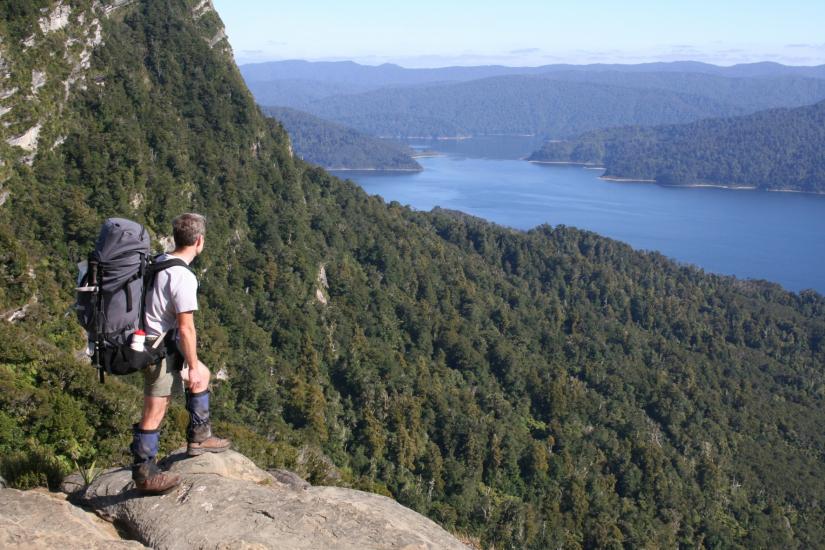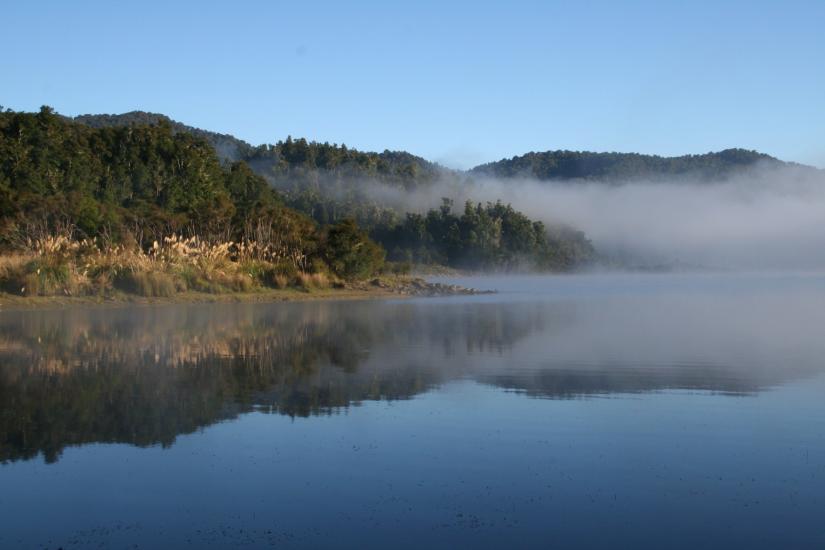
Lake Waikaremoana: hidden gem
The dense, luxuriant rainforest forms a handsome setting for the gem that is Waikaremoana, ‘the lake of rippling waters.'
The Lake Waikaremoana Track, in the remote Te Urewera region southeast of Rotorua, traces the shoreline of this spectacular lake, named by Māori the ‘sea of rippling waters’.
Waikaremoana was formed only 2200 years ago by a huge landslide, which blocked a narrow gorge along the Waikaretaheke River, and flooded the valley to form a lake up to 248m deep. The lake edge was modified in 1946 by a hydro-electric development, which lowered the water level by 5m.
The Lake Waikaremoana Track passes giant podocarp trees and remote beaches and summits the remote Panekire Bluff.

All around is the green cloak of Te Urewera, an area of immense spiritual significance to the Tūhoe people.
In pre-European times, life for the Tūhoe was determined by the practical demands of an annual cycle of food gathering. Te Urewera nurtured an industrious and resilient people with links to the land. No part of the forest was left unexplored.

Māori tradition holds that the ancestress Hine-pūkohu-rangi came from the sky, luring Te Maunga, the mountain, to earth with her. Their child was a mortal being, Tūhoepotiki; his descendants are the Tūhoe people. Tūhoe are thus children of the supernatural, born of the remote mountain and the drifting mist. The symbol you see on signs, shelters and other facilities along the lake track is an interpretation of Hine-pūkohu-rangi.
The thick vegetation of the Waikaremoana area mantles countless ridges and valleys. There are more than 650 types of native plant in Te Urewera, some nationally rare. The vegetation pattern is ever changing – disturbances by volcanic activity, fire and storm damage, possum and deer have modified the forest in many areas.
Many birds live in the forest. Among the more notable species are kererū, kākā, kākāriki, North Island robin, New Zealand falcon and rifleman, while at night, ruru and North Island brown kiwi are active. Grey, mallard and paradise ducks are common on the lake edge, and New Zealand scaup, kingfishers and white-faced herons are found in sheltered areas. Both of New Zealand’s rare native bat species, the long-tailed and short-tailed, are present in the park.